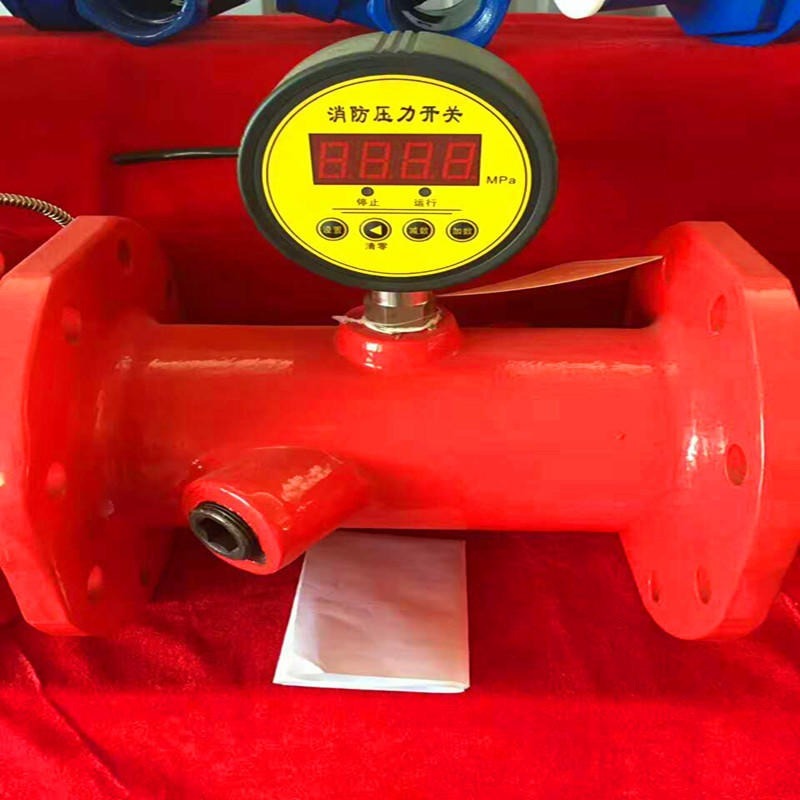Advantages and disadvantages of butterfly valves
2024-11-23

Regarding butterfly valves, these common pipeline control valves are favored in industrial applications due to their unique structure and operating characteristics.
Advantages of Butterfly Valves
1. Convenient, quick, and effortless opening and closing: Butterfly valves achieve opening and closing through the rotary motion of the butterfly plate, making operation simple and effortless.
2. Low fluid resistance: When fully open, the valve seat channel has a large effective flow area, resulting in low fluid resistance.
3. Simple structure, small size, and light weight: Butterfly valves have a simple structure and small dimensions, suitable for large-diameter valves.
4. Can transport slurry: Butterfly valves minimize liquid accumulation at the pipe mouth, allowing for slurry transport.
5. Good sealing at low pressure: Butterfly valves achieve good sealing at low pressures.
6. Good adjustment performance: Butterfly valves have good adjustment performance and are suitable for occasions requiring flow regulation.
7. Relatively small opening and closing torque: Because the butterfly plates on both sides of the rotating shaft are subjected to essentially equal media forces, and the directions of the resulting torques are opposite, opening and closing requires less effort.
8. Easy installation: Butterfly valves are easy to install and suitable for various piping systems.
9. Flexible and effortless operation: Butterfly valves offer various operating methods, including manual, electric, pneumatic, and hydraulic.
Disadvantages of Butterfly Valves
1. Small operating pressure and temperature range: Butterfly valves are typically suitable for low-pressure and normal-temperature environments and are not suitable for high-temperature and high-pressure conditions.
2. Relatively poor sealing: The sealing performance of butterfly valves is inferior to that of ball valves and gate valves, especially under high-pressure conditions.
3. Large operating torque: For large-diameter or high-pressure difference butterfly valves, larger actuators are required.
4. Relatively large leakage: The leakage of ordinary butterfly valves is relatively large, generally 2%C.
5. Limited adjustment range: For some butterfly valves used for regulation, the rotation angle is limited to 60°, resulting in a small adjustable range.
Application Scenarios of Butterfly Valves
Due to their structural and performance characteristics, butterfly valves are widely used in various industries:
1. Oil and gas industry: Butterfly valves are used in deeper pipelines and larger wells in oil and gas facilities to reduce production costs.
2. Water and wastewater industry: Butterfly valves are widely used in water treatment and wastewater management, especially in municipal water supply systems and wastewater treatment plants.
3. Power generation industry: Butterfly valves play a role in the cooling water systems of thermal power plants and are also suitable for various water supply systems in nuclear power plants.
4. Chemical industry: Butterfly valves are suitable for fluid control in the chemical industry, especially in situations requiring corrosion resistance and high-temperature resistance.
Summary: In summary, butterfly valves play an important role in various industries due to their simple structure, convenient operation, and low fluid resistance. However, their application in high-pressure and high-temperature environments is limited, and their sealing performance is relatively poor, which needs to be considered during selection. Correct selection and use of butterfly valves can improve system efficiency and safety. Choosing a professional valve team is usually beneficial. As a well-known domestic valve brand, Gaote Group adheres to professional technical guidance, high-end technical support, and perfect after-sales service as its standards to provide you with one-stop purchasing needs.
Contact Us
Email:
Tel/WeChat:
Address:
Chenggong Development Zone, Ximei Street, Nan'an City, Quanzhou City, Fujian Province









